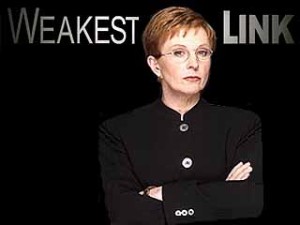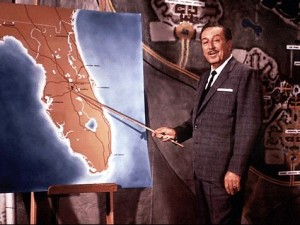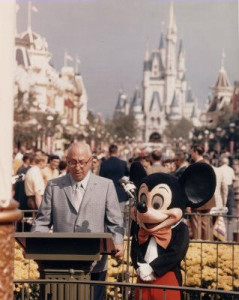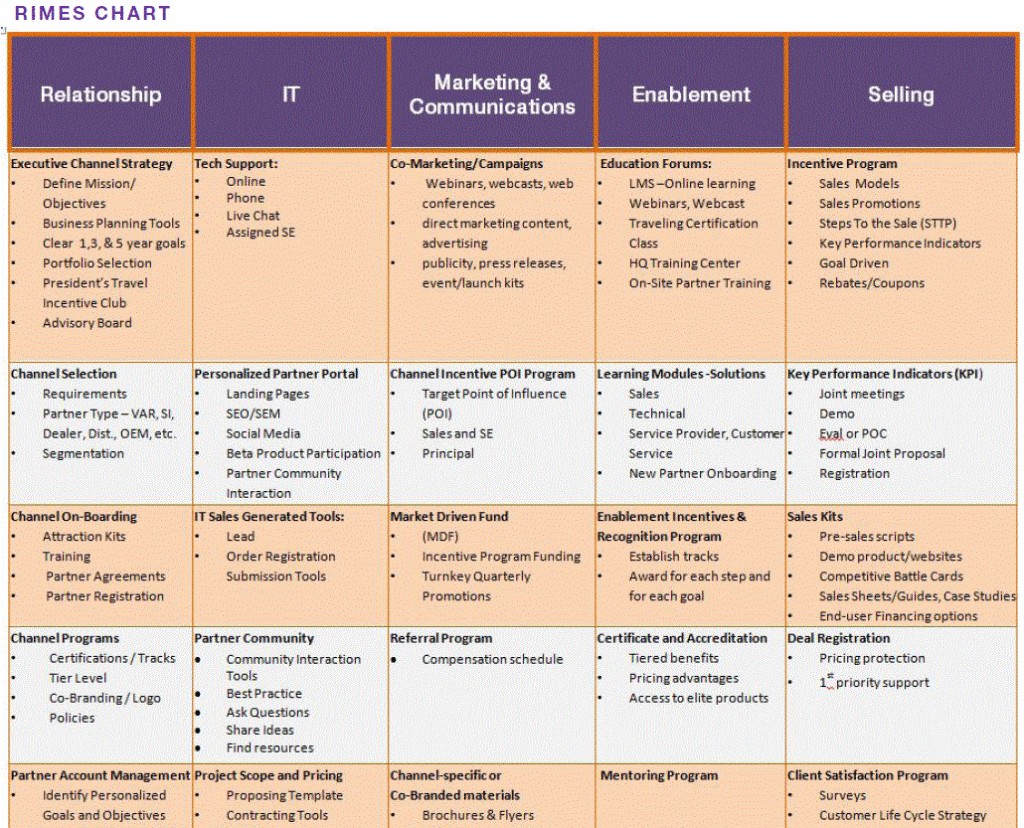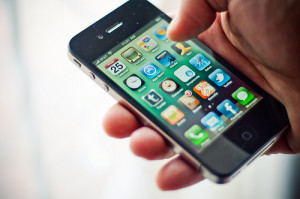 When I was a young boy my Dad taught my brothers and me that with the 5 “C’s” we could accomplish anything we set our minds to. These 5 “C’s” were courage, conviction, concentration, consistency, and moral conscious (but of course, when he saw a teaching moment he’d often work in other “C’s” from time to time too!)
When I was a young boy my Dad taught my brothers and me that with the 5 “C’s” we could accomplish anything we set our minds to. These 5 “C’s” were courage, conviction, concentration, consistency, and moral conscious (but of course, when he saw a teaching moment he’d often work in other “C’s” from time to time too!)
The 5 C’s remind me of 5 principles that are key for manufacturers to accomplish what they’ve set their mind to. Many sales organizations struggle with going “all in” with a Channel go-to-market strategy. Instead, they often like to keep their options open and see if the direct model is going to be this quarter’s big winner. Unfortunately, that approach can only last so long—it rarely ever succeeds as a long-term solution. The fact is, if you are ever hoping to expect more from your channel partners, then they need to know that their partner is going to be “all in” with them.
Now, I don’t claim to be my Dad, but I’d like to take a page out of his playbook and offer my own set of principles for channel partner success. So, if you can try and LIVE these 5 principles, you and your partner will both know that one another is “all in” when it comes to your partnership. These 5 principles came to me in church when I learned about the book “Living the Five” by Jim and Jennifer Cowart.
- You can’t reach your company’s full potential Alone
- Growing partners challenge and change your organization (for the better). How can we help our partner grow?
- Successful growing partners embrace sharing in a channel community (Create a healthy ecosystem)
- Winning manufacturers serve their partners first, then there is potential for win-win
- Being a Channel-Committed Company is more than just a business decision—it’s a lifestyle or company culture
As always, send me a note if you’d like to discuss or talk through some of these ideas together. And feel free to join in on this conversation at Move the Channel Group, your exclusive destination for Channel insights and innovation.
Move the Channel,
 About the Author: Travis Smith is the CEO & Founder of Move the Channel, a worldwide network and community of channel marketing & sales Chiefs and channel thought leaders. He also is a leader at HMI Performance Incentives, a channel engagement and incentive company, focused on Technology Channel Incentive Strategies. Travis helps some of the most respected companies in the world design, implement, and manage their domestic and global channel incentive programs.
About the Author: Travis Smith is the CEO & Founder of Move the Channel, a worldwide network and community of channel marketing & sales Chiefs and channel thought leaders. He also is a leader at HMI Performance Incentives, a channel engagement and incentive company, focused on Technology Channel Incentive Strategies. Travis helps some of the most respected companies in the world design, implement, and manage their domestic and global channel incentive programs.


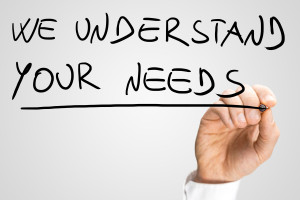

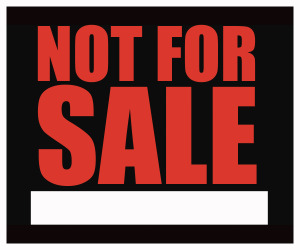




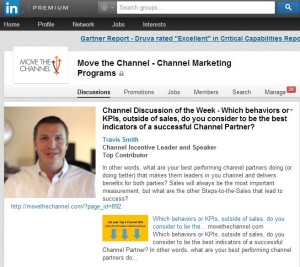

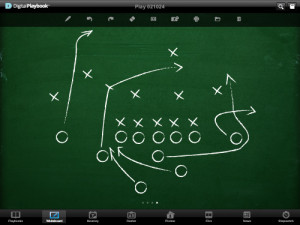
 First to be clear, when I refer to the “weakest link” I am not talking about channel stakeholder but the communication to or engagement of that channel participant.
First to be clear, when I refer to the “weakest link” I am not talking about channel stakeholder but the communication to or engagement of that channel participant.